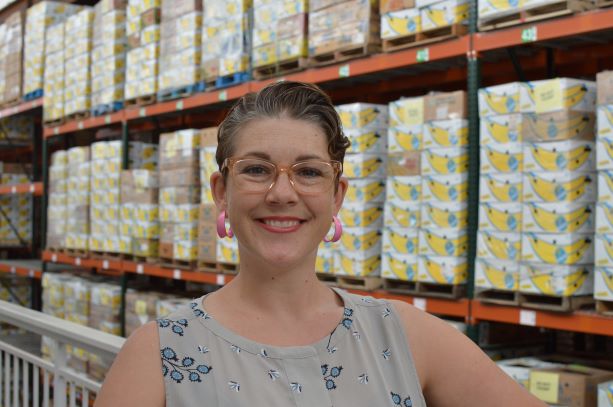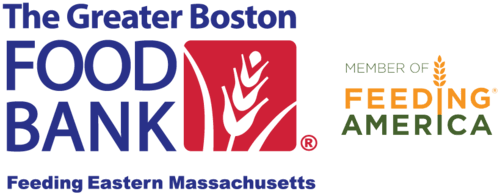Get to Know GBFB’s Registered Dietitians
March is National Nutrition Month and we are celebrating our two Registered Dietitian Nutritionists (RDNs) on staff Rachel Caty and Adriene Worthington. They are both community dietitians. Not sure what a Registered Dietitian is and what they do? Read on.


What is an RD?
Registered Dietitians (RDs) and Registered Dietitian Nutritionists (RDNs) are food and nutrition experts. They have completed at least a bachelor’s degree, a 6-12 month supervised practice program, passed a national examination, and complete continuing profession education requirements.
A common misconception is that the term “dietitian” and “nutritionist” can be used interchangeably. The term “nutritionist” is more general and not regulated. Nutritionists can have a wide variety of educational backgrounds and experiences, whereas dietitians will all have taken the same set of core classes, achieved defined core competencies, and completed an accredited practice program. So, all dietitians are nutritionists but not all nutritionists are registered dietitians.
Dietitians can practice in a variety of industries. Many dietitians work in healthcare settings, treating and preventing disease through nutrition. Other RDNs work in food service settings or academia and research. A growing number of RDNs work in the food and nutrition industry, business, journalism, sports nutrition, corporate wellness programs or other non-traditional work settings.
Finally, many dietitians work in the community and public health setting. Dietitians in this field help to teach, monitor and advise the public and help improve quality of life through healthy eating habits. Regardless of the industry they choose, all dietitians are held to specific standards of practice.
Why is it important for a RD to be at a food bank?
Community dietitians aim to maintain or improve the health of an overall or targeted population. Clients served by food bank member agencies are the target population for food bank RDNs. People who are food insecure have limited resources to consistently access healthy foods, and a food bank RDN create policies and procedures that will help the organization acquire and distribute nutritious foods. They also create educational materials, taking complex scientific data and turning it into easy to understand information for clients. Some food bank RDNs oversee nutrition curriculum taught in person to clients at the pantry level.
What do the RDs at GBFB do?
The RDNs at GBFB oversee food safety education, analysis of foods acquired and distributed, implementing and maintaining GBFB’s formal Nutrition Policy, management of Click ‘N Cook content, and management of the Healthy Pantry Program—, a set of nutrition education modules administered online to pantry staff.
For more information about how we are improving nutrition, visit our Nutrition webpage.
1 thought on “Get to Know GBFB’s Registered Dietitians”
Comments are closed.

This is so inspiring. Nutrition is trend.